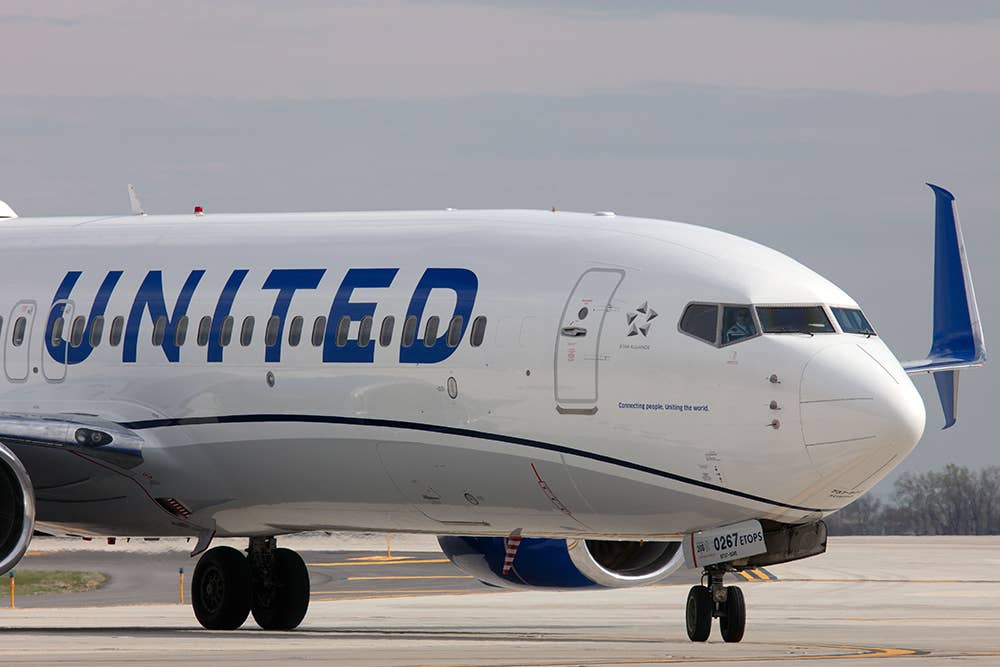
United Airlines reported revenue of $8.6 billion in the fourth quarter of 2021. [Courtesy: United Airlines]
In reporting its fourth-quarter results, United Airlines (NASDAQ:UAL) said it faced “headwinds” from the emergence of the omicron variant of COVID-19 that have hurt demand for travel and are expected to slow its overall recovery. However, the company said it expects stronger performance this spring and summer.
For the quarter, the Chicago-based airline reported revenue of $8.2 billion, driven in part by strong holiday traffic. While that figure is 25 percent lower than for the same period in 2019, it is the company’s highest quarterly result since before the industry began to reel under the effects of the pandemic. For the year, revenue decreased by 43 percent to $24.6 billion compared with $43.3 billion in 2019.
The adjusted fourth-quarter net loss totaled $646 million, or $1.60 per share, compared with net income of $641 million, or $2.67 per share, in 2019. For the year, United had a net loss of $2 billion, or $13.94 per share, compared with net income of $3 billion, or 12.05 per share, in 2019.
Optimism for 2022
During a call Thursday, United executives said that although the airline has begun the year by scaling down its operations in response to an omicron-driven drop in demand, they expect much of the overall travel picture to gradually return to normal as the year progresses.
“While Omicron is impacting near-term demand, we remain optimistic about the spring and excited about the summer and beyond,” United CEO Scott Kirby said.
The company said it also plans to “nimbly ramp up capacity” by returning 52 of its Boeing 777 aircraft to service as demand increases. The airplanes have been grounded for almost a year following a high-profile engine failure on one of the United aircraft that showered a suburb with debris just after taking off from Denver last February.
United said it expects the planned gradual increase in capacity to result in fewer available seat miles, or ASMs, this year than in 2019, and lower CASM-ex1, or cost per available seat mile excluding fuel and certain other charges. United said these trends bode well for the execution of its multi-year strategy—called United Next—and reaching its financial targets for 2023 and ‘26.

Subscribe to Our Newsletter
Get the latest FLYING stories delivered directly to your inbox






